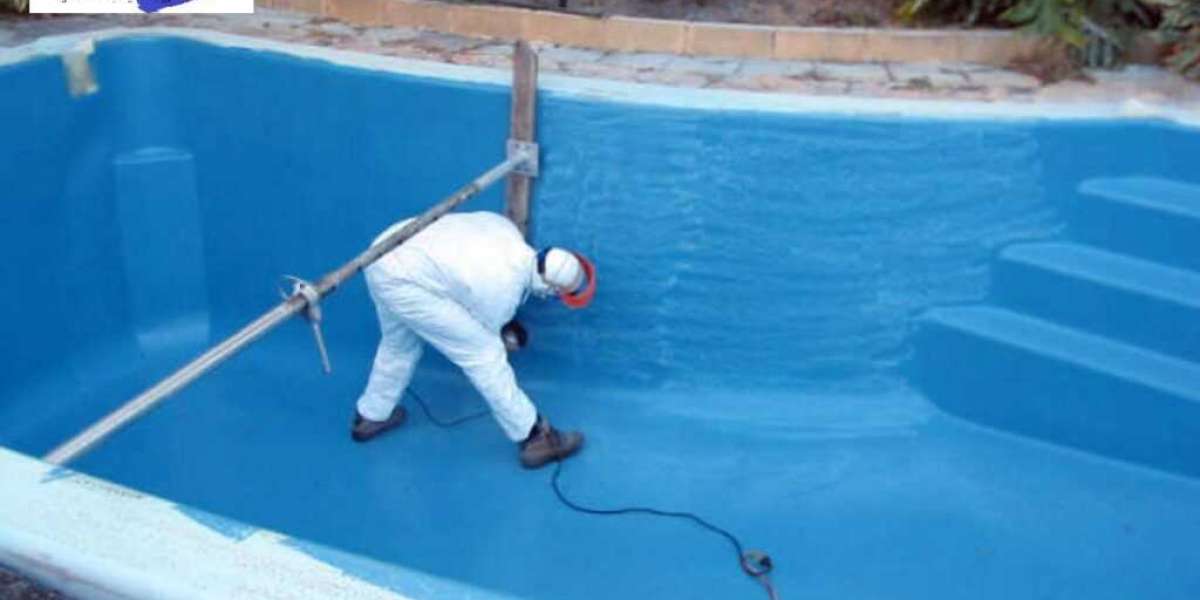Foam Insulation: A Modern Technology for Thermal Efficiency and Longer Building Life
Introduction
In light of climate change and increasing temperatures, it has become imperative to find effective means of thermal insulation in buildings. One of the most advanced and widely used methods currently is foam insulation. This type of insulation is characterized by its high efficiency and ease of installation, making it an ideal choice for homeowners and engineering projects alike.
What is Foam Insulation?
Foam insulation is a type of thermal insulation that uses a foam material sprayed or poured onto surfaces to form an insulating layer. After application, the foam expands to fill gaps and cracks, forming a durable barrier that prevents the transfer of heat and moisture.
Foam materials are usually made from chemical compounds such as polyurethane or polyisocyanurate and are characterized by their high resistance to heat transfer.
Types of Foam Insulation
1. Closed-Cell Foam
Denser and more durable.
Prevents air and moisture leakage.
High thermal efficiency.
Used in roofs, walls, and tanks.
2. Open-Cell Foam
Lighter and less dense.
Absorbs some moisture.
To continue
عزل خزانات بالرياض
تسربات المياه بالرياض
شركة كشف تسربات المياه بالخرج
Less expensive than closed-cell foam.
Typically used in interior walls and ceilings.
Benefits of Foam Insulation
Excellent thermal insulation: Significantly reduces heat loss or gain, saving cooling or heating energy.
Economic savings: Reducing reliance on air conditioning means lower electricity consumption.
Waterproofing: Closed-cell foam provides effective protection against water leaks.
Preventing insects and dust from entering: Sealing gaps and holes reduces the entry of insects and polluted air.
Long lifespan: Lasts for long periods without fading or disintegrating easily.
Easy and quick installation: Foam can be sprayed directly onto almost any surface.
Uses of Foam Insulation
Surface insulation: Whether concrete or metal, it prevents water leakage and reduces heat absorption.
Tank Insulation: To protect water from temperature changes and maintain its purity.
Insulating Interior Walls: To create a comfortable indoor environment.
Floor Insulation: Especially in cold regions, to reduce cold leakage.
Pipe and Pipe Insulation: To protect against freezing or heat loss.
How to Apply Foam Insulation:
Clean the surface of dust and oils.
Treat any cracks or large gaps.
Spray the foam using special equipment (often using a sprayer).
Wait for the foam to dry and harden.
Cover it with a protective layer (such as acrylic or cement).











